China's Qibbot robot can be remotely controlled with a response delay of just 12 milliseconds, less than 1/15 of the time it takes to blink an eye.
Remote Controlled Robot Qibbot. Video : Qibbot
Qibo Robot Company in eastern China’s Shandong Province has developed Qibbot, a remote-controlled, one-armed robot designed to mimic the real movements of a boxer, SCMP reported on August 3. The Qibbot operator can stand nearby and control its movements like a trainer outside the ring.
In a video shared by Qibo, Qibbot demonstrates an incredible response delay of just 12 milliseconds, a record for remote-controlled robot systems. Qibo Robot Company introduces this as the "world's fastest" telerobot (remote-controlled robot).
The main technical challenge with fast remote-controlled robots is not their speed, but their ability to react in relation to the actions of their human operators. In situations such as sports competitions, crime fighting, and military operations, the robot's response time is extremely important. Even the smallest delay can have major consequences.
According to Geng Tao, founder of Qibo Robot, more than 95% of remote-controlled robots in the world are designed for low- or medium-speed tasks, with significant response delays, often exceeding 100 milliseconds.
Qibbot has extremely low latency, just 12 milliseconds in high-speed operations, less than 1/15th the time it takes to blink an eye, according to Geng. This means the delay is barely perceptible to the operator.
Remote-controlled robots rely on many factors to optimize speed and performance. To achieve impressive speeds and extremely low latency, the team at Qibbot focused on solving mechanical and controller challenges.
With Qibbot's control algorithm, Geng and his colleagues used a new predictive controller in addition to the conventional feedback controller. This real-time prediction tool predicts system latency and reacts in advance, partially compensating for the latency introduced by mechanical systems and virtual reality devices.
There are only a few robots in the world that achieve fast remote control with extremely low latency, but they are small in size and the remote control devices are very complicated. Meanwhile, Qibbot is 1.9 m tall with 1.5 m long arms and the single-arm version already weighs 140 kg.
The Qibbot project began in 2019, and the team spent three years developing the first generation model. They then spent another year refining it before launching Qibbot in June.
Geng’s team plans to build an upgraded version of Qibbot later this year with two arms, each with more joints and smoother movements. They believe the fast-moving remote-controlled robot has potential applications in a variety of emergency and dangerous situations, such as crime fighting and military operations, and could significantly improve production efficiency.
Thu Thao (According to SCMP )
Source link



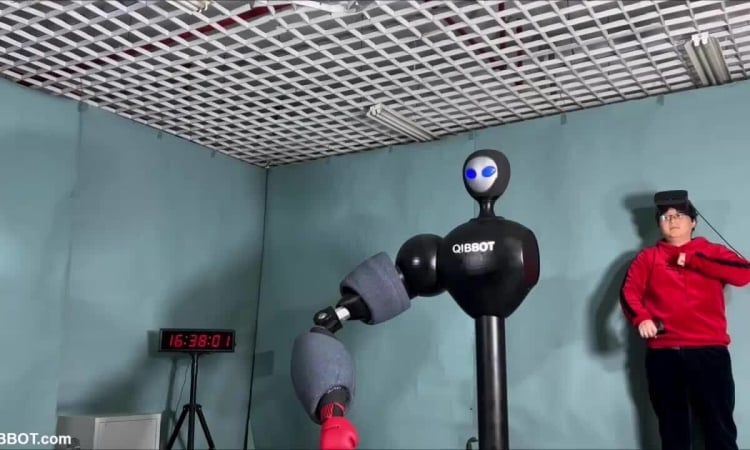
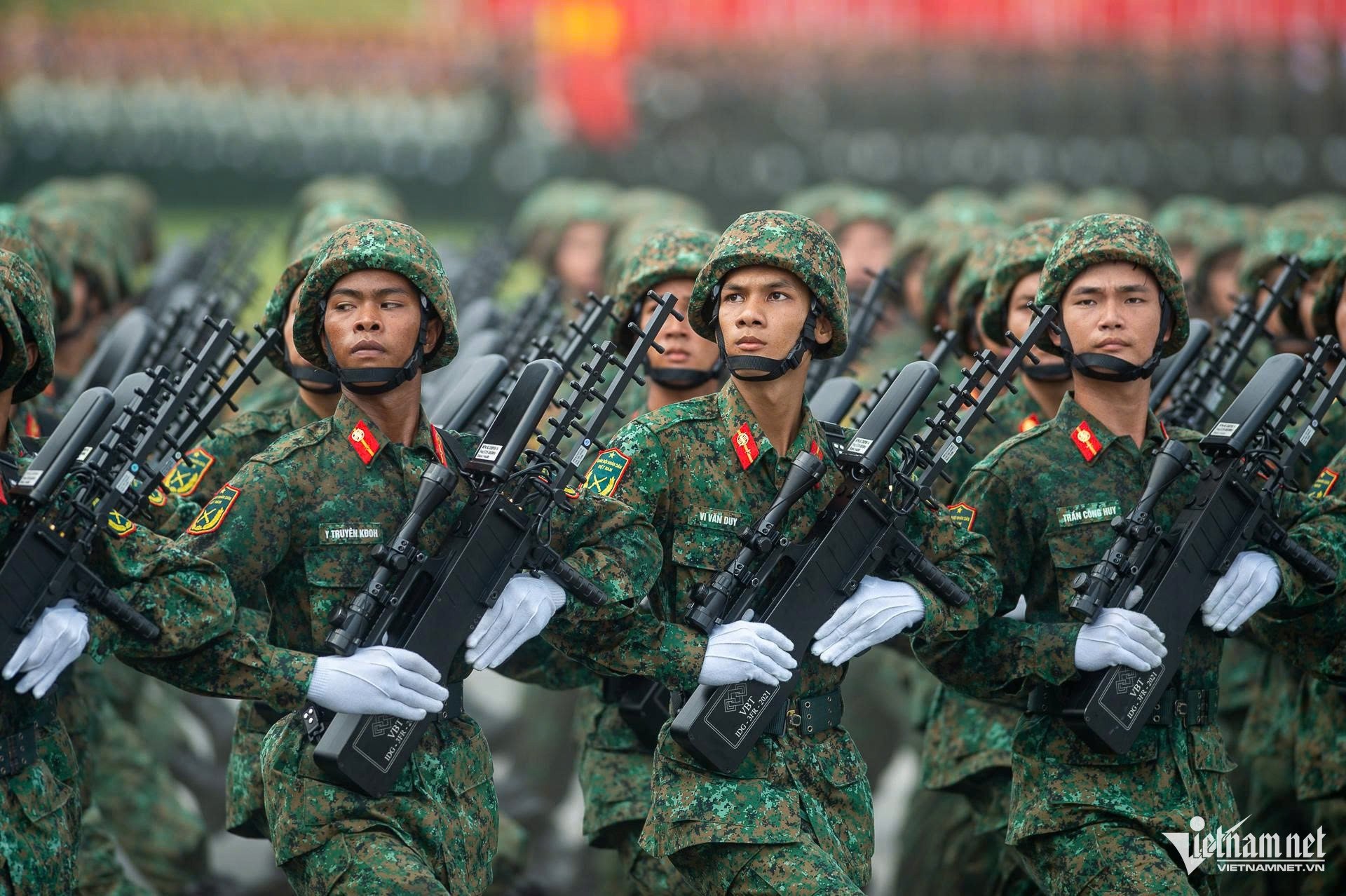




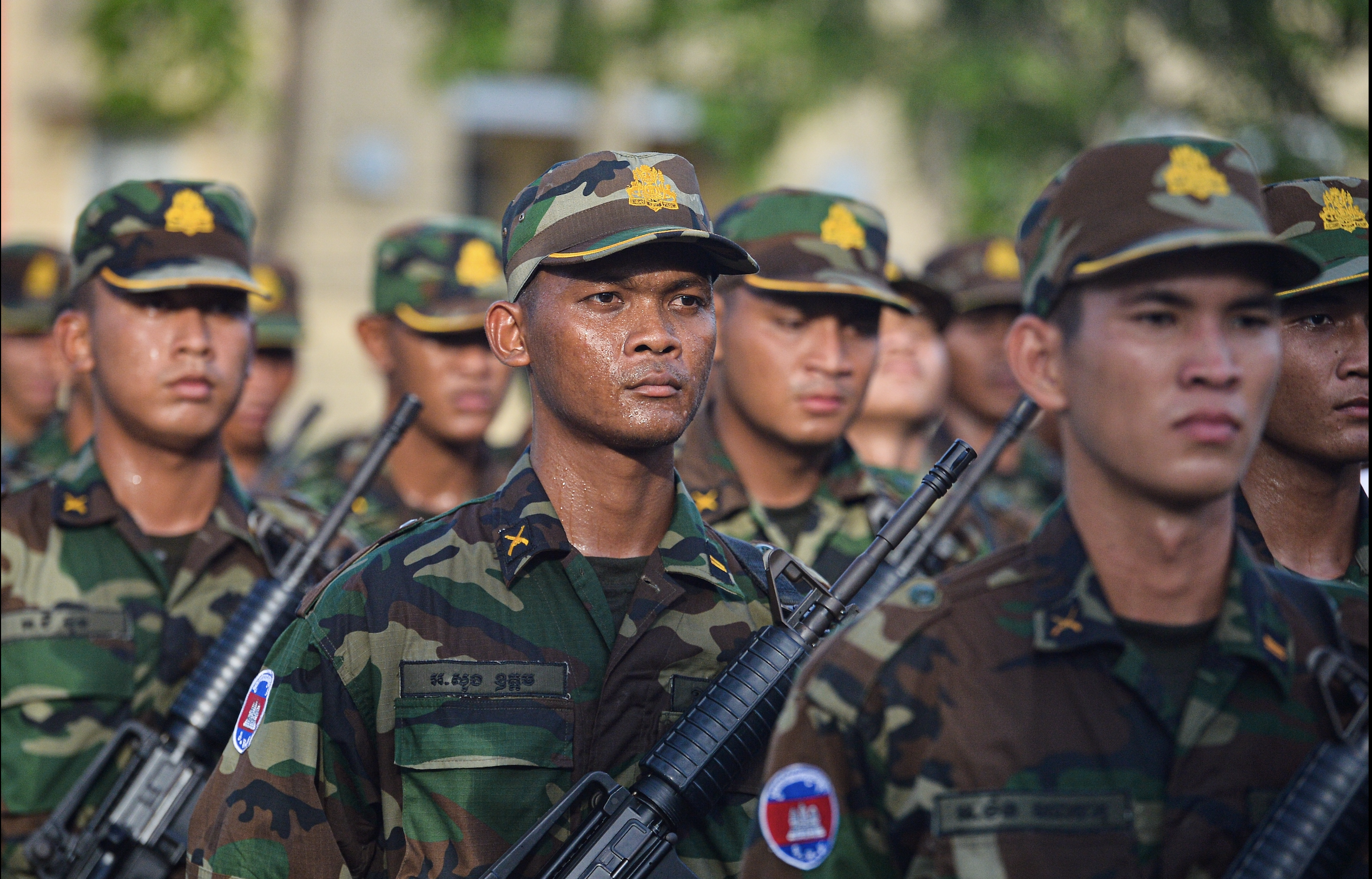
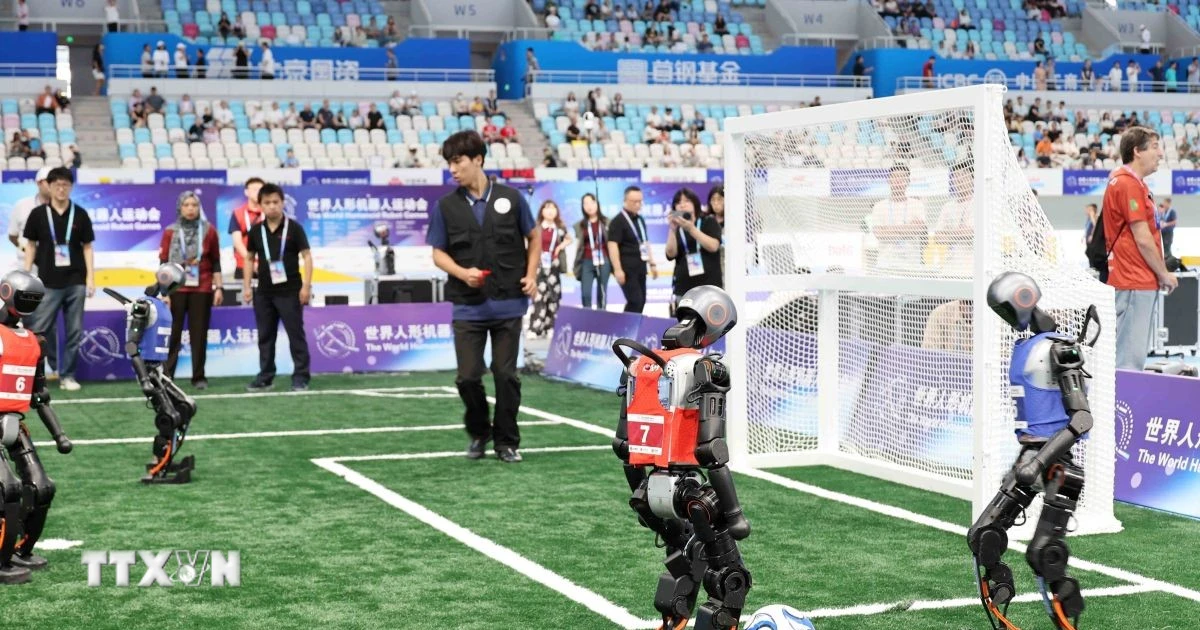

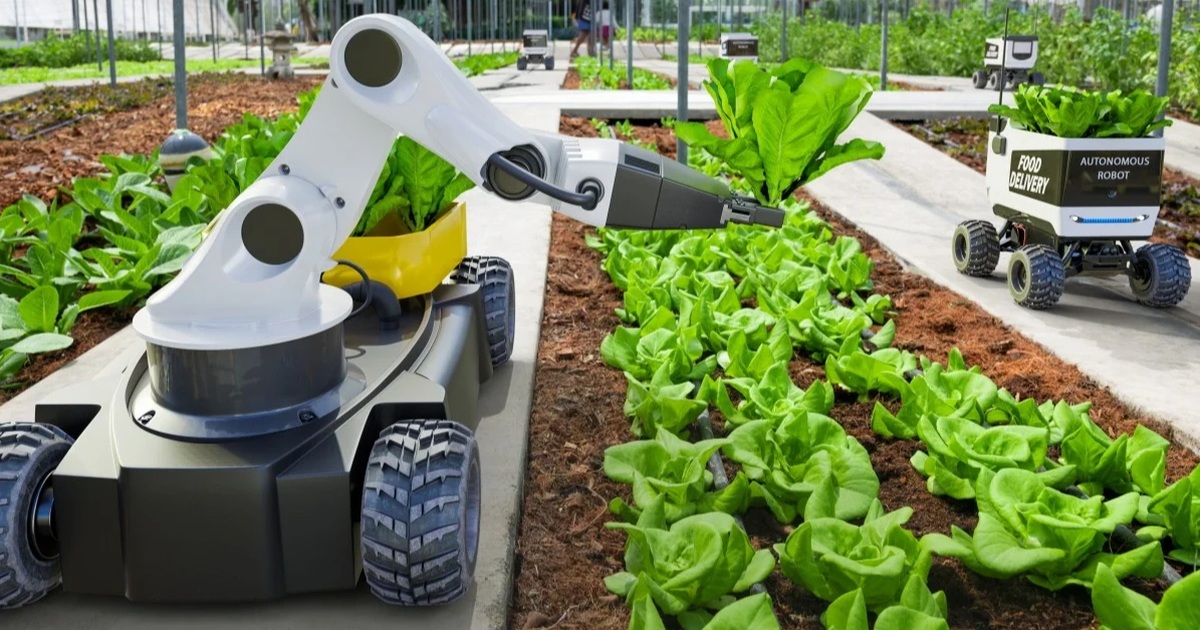



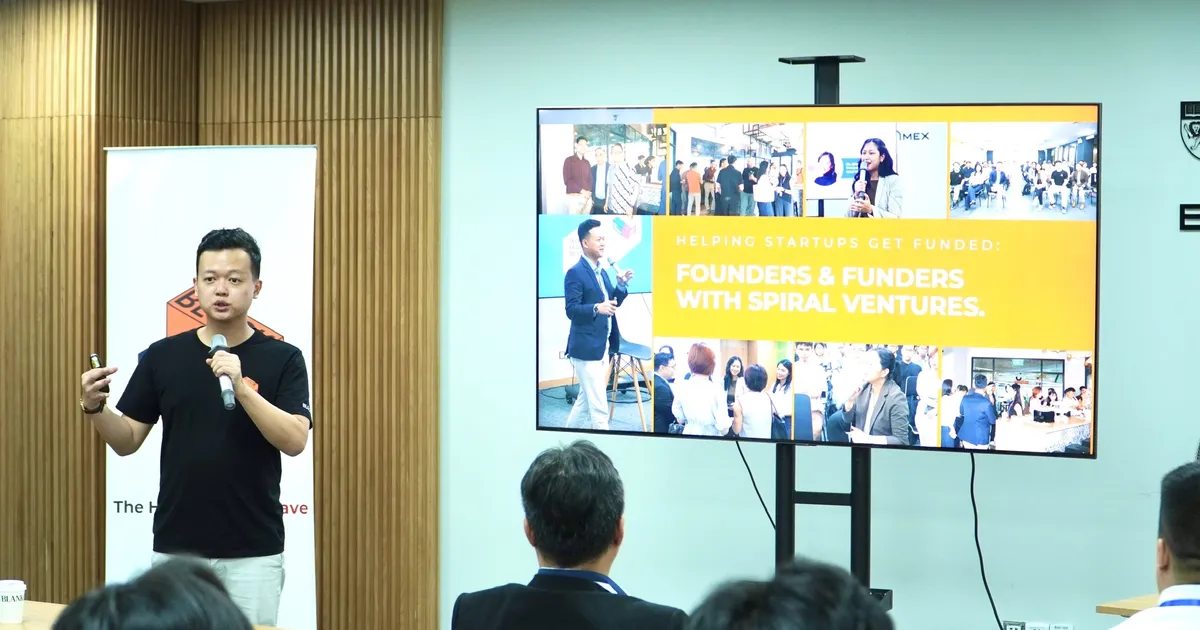

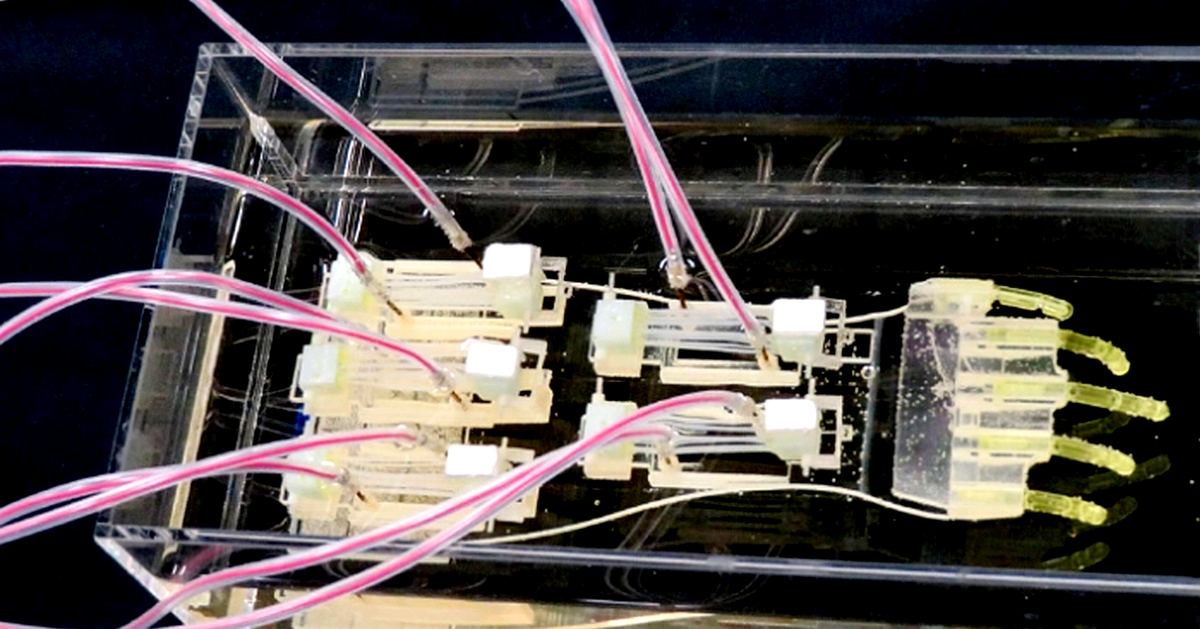







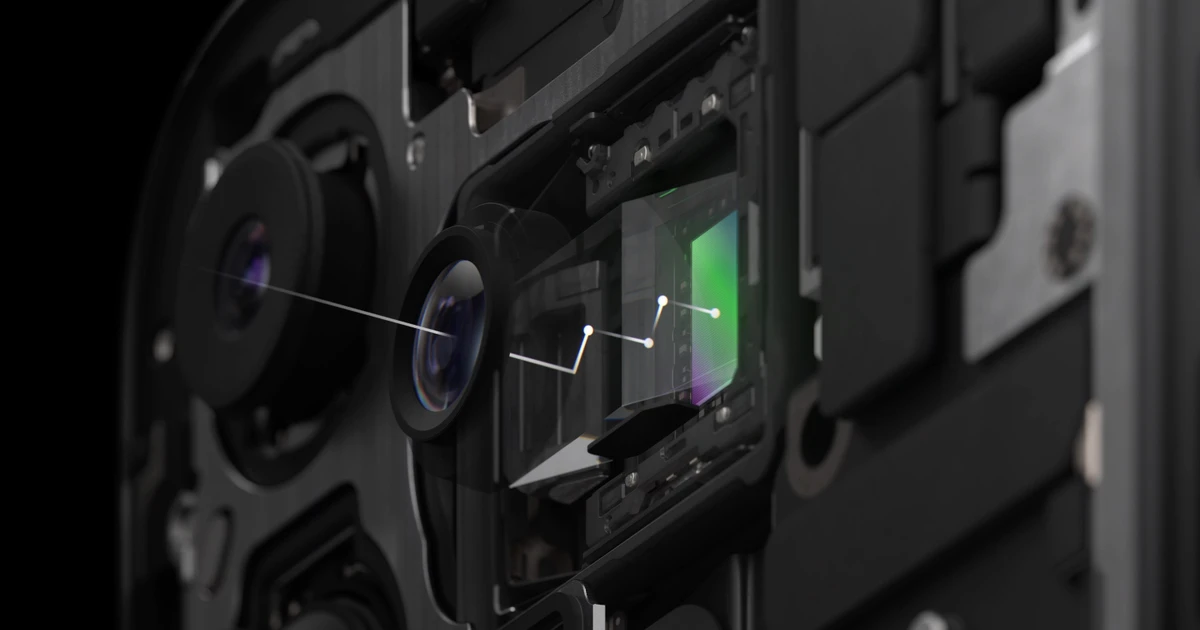









![[Photo] President Luong Cuong attends special political-artistic television show "Golden Opportunity"](https://vstatic.vietnam.vn/vietnam/resource/IMAGE/2025/8/22/44ca13c28fa7476796f9aa3618ff74c4)


































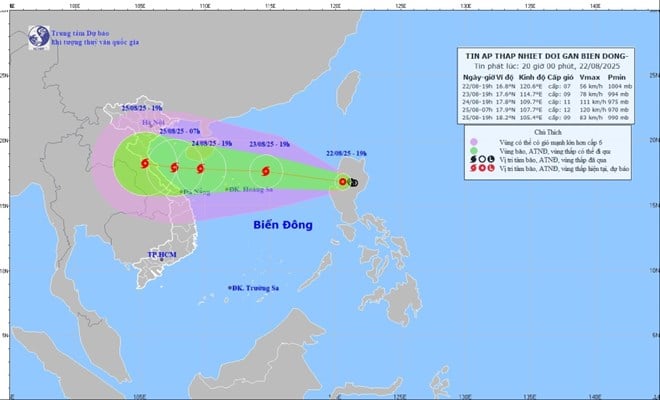

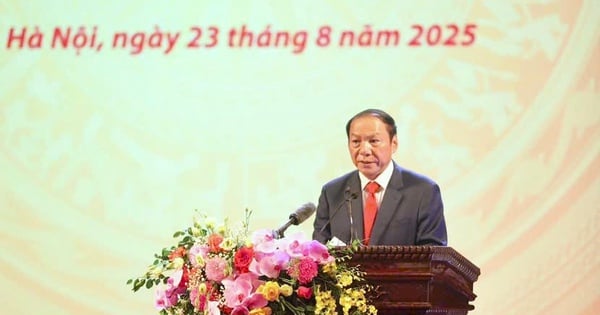
































Comment (0)